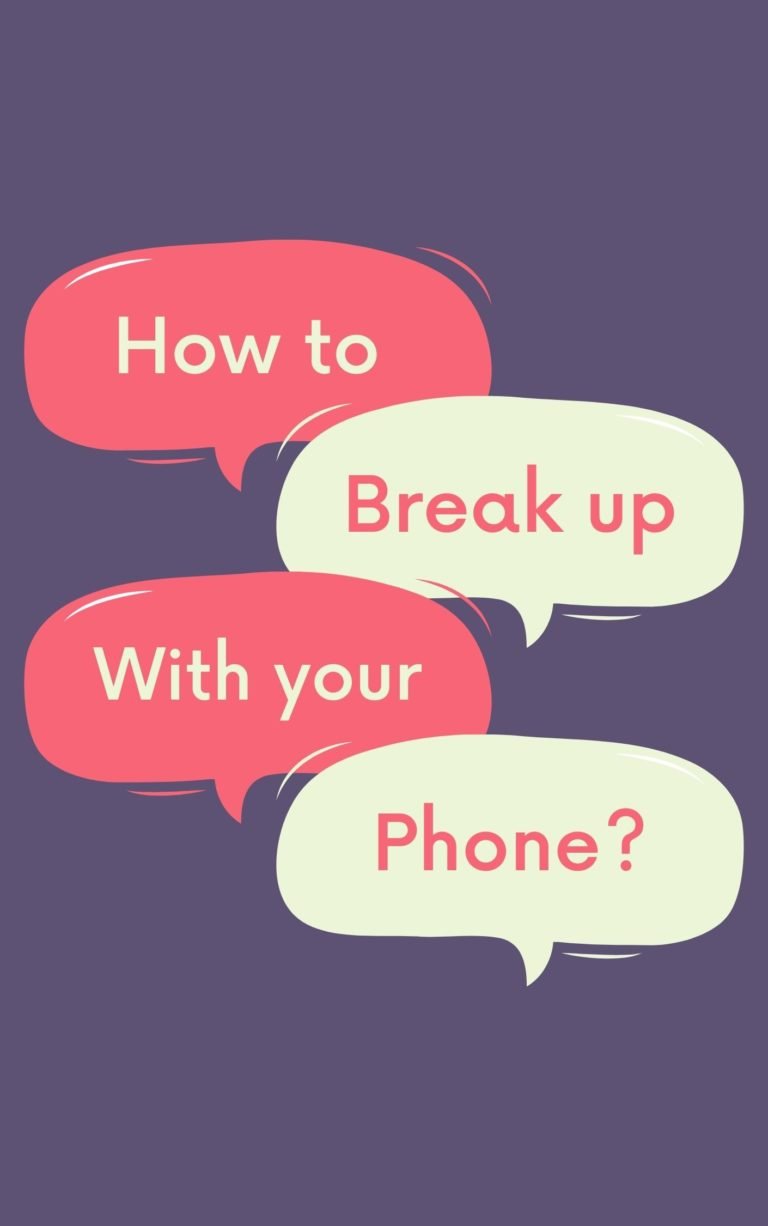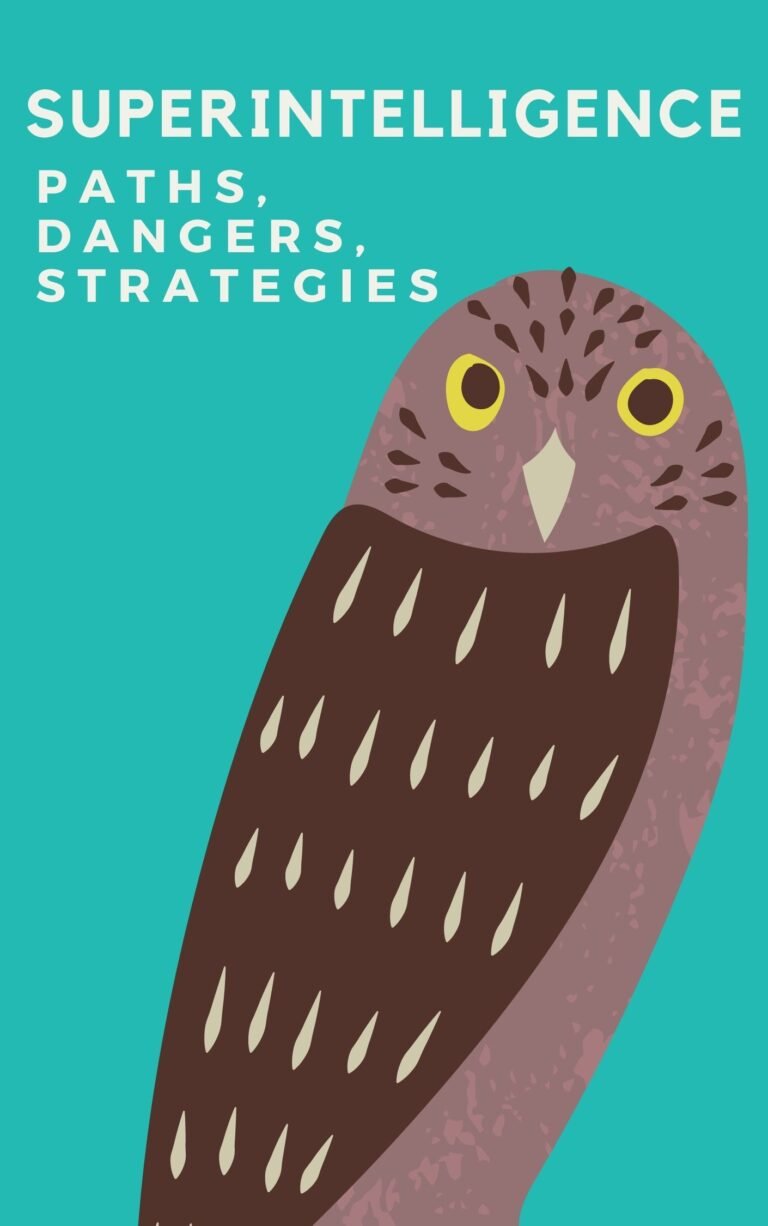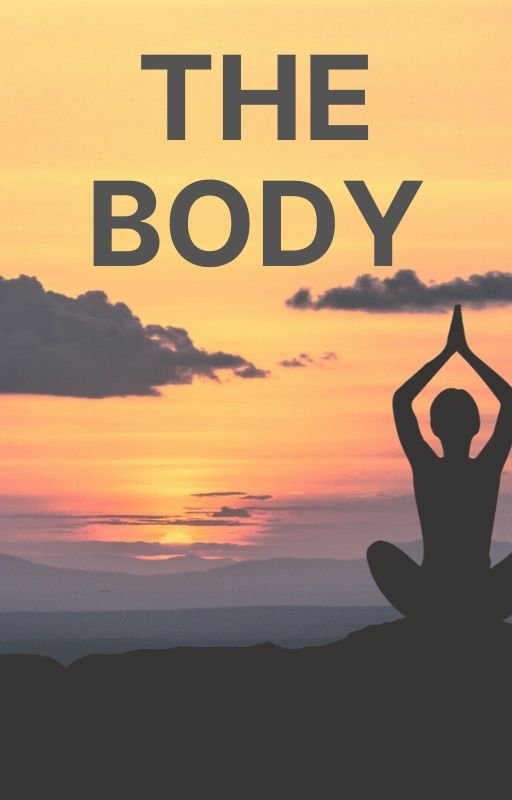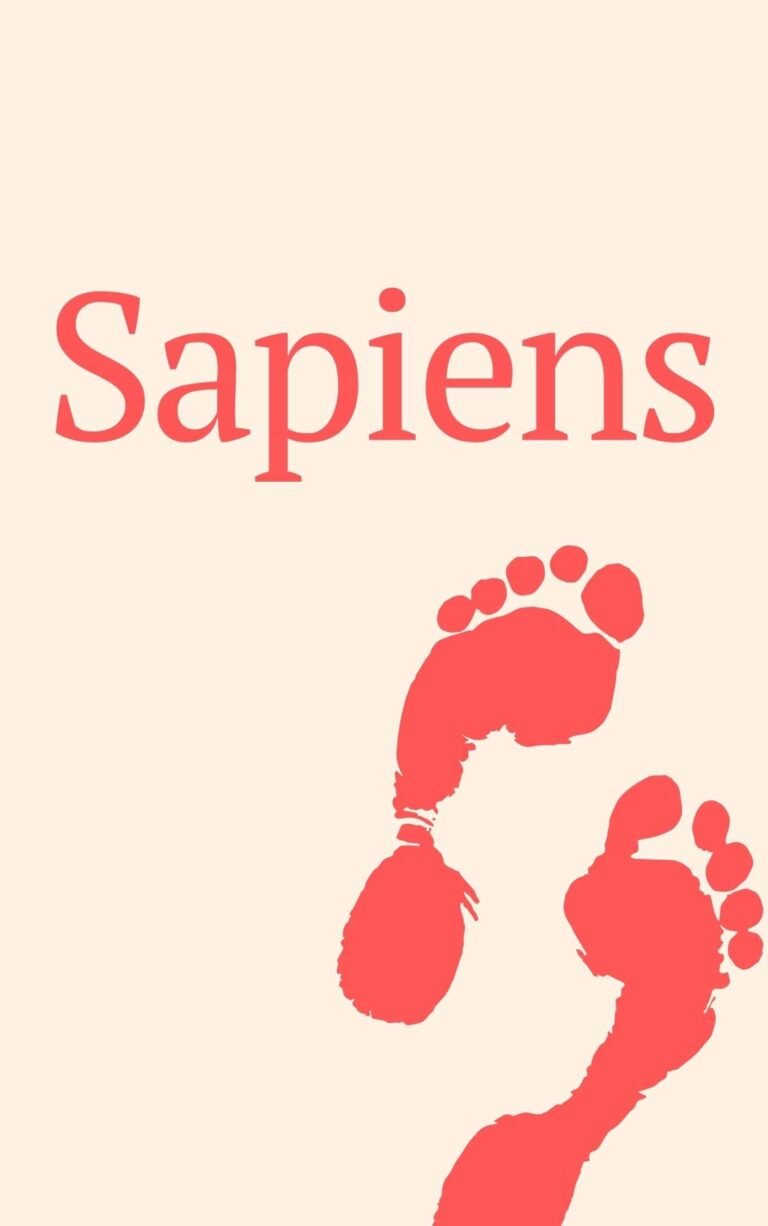The Power of Now
Eckhart Tolle
Rating: 8.2
“One of the best books to come along in years. Every sentence rings with truth and power.”
-Deepak Chopra, author of The Seven Spiritual Laws of Success
When your mind is still, you can gain access to your deepest self and feel the oneness of “Being.” While to many people the word “God” evokes a corresponding mental image, the word “Being” has no analogous image, nor does any single religion own this idea. Being is an open concept that encompasses the “eternal, ever-present One Life.” Being lies at the core of your essence, though it can be a difficult concept for your mind to grasp. You feel it when you are fully present and your attention is completely in the Now. Realize that “the present moment is all you ever have.”
“You can improve your life situation, but you cannot improve your life…It is already whole, complete, perfect.”
Experiencing the transformative joy of Being brings inner peace and connects you to something greater than yourself. This enlightenment occurs when you tap into your true nature and returns you to your natural state.
Contents
Incessant Thoughts
Your thoughts – the ceaseless self-talk streaming through your mind – block the experience of Being. Thinking isn’t equivalent to Being. Engaging in planning, worrying, judging and explaining frames the world as a place of conflict and problems. That mental churn creates the illusion of separateness – that there is you, alone, and everything else is “other.”
“The more you are able to honor and accept the Now, the more you are free of pain, of suffering – and free of the egoic mind.”
Begin to “watch the thinker,” the voice in your head that abhors silence. Focus on the repetitive thoughts that relive past situations or agonize over the future. Become a witness to thought rather than the thinker. Connect with the presence that lies beneath thought to experience a new dimension of consciousness. Watching the thinker robs thoughts of their power.
“When you are present, when your attention is fully and intensely in the Now, Being can be felt, but it can never be understood mentally.”
You will experience pauses in the thought parade, a brief period of “no-mind,” which “is consciousness without thought.” Even if these gaps occur for only a few seconds, they bring inner peace and joy: the “oneness with Being.” With practice, these feelings can deepen and last for longer periods of time. To become fully present, focus on the Now. Give your full attention to everything you do, no matter how mundane. Stop what you are doing for a moment to observe your breath going in and out of your body. Becoming intensely aware of each moment brings you into the Now.
Enlightenment and Emotion
Most people draw their sense of self from what goes on in their minds, their past experiences and cultural conditioning. This false or “phantom” self is your ego; it exists only when you derive your identity through your thought processes. To survive, the ego keeps the past alive and projects its concerns onto the future. Ego can’t exist in the Now. Use your thinking mind to navigate day-to-day, but quiet your inner monologue. The peace and inner stillness you can achieve is the wellspring of innovation and creativity.
“In compassion, the seemingly opposite feelings of sadness and joy merge into one and become transmuted into a deep inner peace.”
Emotions are thoughts that reverberate throughout your body. For example, when you have hostile thoughts, you feel anger physically. The body undergoes biochemical changes in the presence of strong emotions. Become aware of your emotions and watch them as you watch your thoughts. Feel emotion in your body. Let it exist without it controlling you. Identifying with your mind brings emotional pain. This pain can manifest as self-pity, anger, resentment and depression. Pleasure from external sources is fleeting, part of the “pain/pleasure” cycle. You feel love, joy and inner peace when you free yourself from mental activity.
Time and Pain
Pain you create in the present and pain from the past still cause anguish. You self-generate most pain, and it is superfluous – an unnecessary source of subconscious resistance, judgment and negativity. The “egoic” mind exists in the past and future. It cannot function without the framework of time.
“The art of inner-body awareness will develop into a completely new way of living, a state of permanent connectedness with Being, and will add a depth to your life that you have never known before.”
To blunt time’s influence and to live in the Now, realize that the present moment is the only truly “real” aspect of your life. You will find you can access the past and future as the practical aspects of living. You may feel the present is disagreeable. But if you can let go of labels and judgment, you can untether peacefully from external conditions. Then you can let the present moment simply exist and accept it.
“To offer no resistance to life is to be in a state of grace, ease and lightness.”
A “pain-body” is the emotional residue that negative experiences leave behind. This negative energy field is dormant until something triggers it and brings it to life. When you identify with a pain-body, it gathers strength and momentum. When that happens, focus your attention on this feeling, identify it as a pain-body, and resist the tendency to judge or analyze. The moment you disengage from it and observe it, the pain-body will begin to lose power. When you become an objective observer of the pain-body, you can reach a higher dimension of consciousness. That consciousness enables you to feel the power of Now.
“Many people live with a tormentor in their head that continually attacks and punishes them and drains them of vital energy.”
You can disconnect from fear the same way, by becoming a “silent watcher.” Psychological fear is seldom a response to an immediate danger; it involves worry and concern about what might happen in the future. Your mind projects into what might be, causing an “anxiety gap.” This mind-identified state leads to fear of loss, failure, pain or death. When you shine a light on this pattern by witnessing it without engaging in it, fear begins to dissolve.
The Now
The past is a “former Now,” a memory trapped in your mind. The future is the “imagined Now,” an illusion of what has not yet occurred. The egoic mind stays trapped in time, living in thoughts that dwell in the past and future. But the present moment – Now – should be your main concern. Now is the gateway to the state of Being that is unfettered by the mind. Shift your consciousness into the Now by withdrawing attention from thought processes and focusing on the present. In this timeless condition, you can linger in the Now, lose it and then return to it repeatedly until it becomes your predominant state.
“Enlightenment is not only the end of suffering and of continual conflict within and without, but also the end of the dreadful enslavement to incessant thinking.”
Reserve “clock time” for practical purposes, such as setting appointments or planning an activity. Use it also for learning from mistakes, applying knowledge, solving problems and taking corresponding action. However, clock time turns into “psychological time” when you identify too much with the past and project too much into the future. That is, if you make a mistake and learn to avoid doing the same thing in the future, you have productively utilized clock time. However, if you make a mistake and continue to berate yourself, you’ve moved into psychological time.
Presence Versus Unconsciousness
Your “life situation” derives from psychological time. Dwelling on negative past events or hoping for a better future while denying the Now will keep you unhappy. Pay attention to your life – what happens in this moment. Use your senses to look, see, listen, feel, acknowledge and accept.
“True salvation is to know yourself as an inseparable part of the timeless and formless One Life from which all that exists derives its being.”
Most people operate in a state of “ordinary unconsciousness.” They dwell mostly in the egoic mind and are unmindful of Being. Unrest, discontent and anxiousness haunt their lives. When they face a major challenge, it threatens their ego. They enter a state of “deep unconsciousness.” External events trigger the pain-body, and they feel negative emotions – anger, fear or depression. Instead, you can bring consciousness into your daily life. Focus acutely on the present. Monitor your mental and emotional states. Make the unconscious conscious by letting it rise to the surface.
Inner and Outer
The outer purpose of life’s journey is to reach a personal goal or achievement. This outer purpose should not eclipse life’s inner purpose, which is to be present in the Now and revel in the “light of Being.” The two are not mutually exclusive. However, a conflict between inner and outer creates unhappiness. Drop negativity by addressing the situation in the moment or letting go of the pain associated with it.
“When you live in complete acceptance of what is – which is the only sane way to live – there is no ‘good’ or ‘bad’ in your life anymore. There is only a higher good – which includes the ‘bad’.”
Often, problems are situations you try to handle by planning and worrying without acting. Instead, treat problems as situations to walk away from, address or accept. When you face the intolerable, you have only those three options – “remove yourself from the situation, change it or accept it totally” – so make a choice.
“The problems of the mind cannot be solved on the level of the mind.”
Presence, or enlightened consciousness, occurs when you free yourself from identification with your mind and body activity. The mind can’t grasp the meaning of presence; you feel it in your soul by actually being present.
Begin a practice of closing your eyes and sensing your body. Focus on your breath. Conscious breathing is a powerful meditative tool. Your body is an outer shell holding the “invisible inner body” within. Beneath your outer form lies a wellspring of spiritual and immeasurable energy. When your mind dominates your attention, it separates you from Being. Your sense of who you are results from your thoughts.
Portals into the Unmanifested
The “Unmanifested” is a synonym for Being. It represents the “formless realm,” the “invisible Source of all things, the Being within all beings.” The Unmanifested is the source of “chi,” or inner energy, a bridge between the manifested – or worldly – and the Unmanifested. “Chi is movement; the Unmanifested is stillness.” In the dreamless stage of sleep, you visit the Unmanifested and draw vital energy from the Source. The Now is the portal to the Unmanifested. Focusing intently on the present moment provides direct and indirect glimpses of the Unmanifested. The Unmanifested lingers in silence, in the pauses between sounds, and in space, as the no-thing between objects.
Consciousness and Relationships
Until you root yourself in the Now and become free of the egoic mind, your relationships will remain dysfunctional. When you fall in love, everything seems perfect. Soon, however, the relationship fluctuates between periods of love and hate. You cannot skip the negative periods because “the polarities are mutually interdependent.” You can’t have the love without the hate.
“If you delve into the past, it will become a bottomless pit: There is always more.”
Love relationships offer a reprieve from loneliness, unhappiness and incompleteness. The relationship seems to satisfy the egoic mind, give your life meaning and provide you with another identity. The physical union provides a transient moment of bliss. You connect to something outside of and greater than yourself – through another person. But when your partner fails to meet your needs, you blame him or her for your unhappiness. Like an addiction to “alcohol, food or…drugs,” relationships can “bring out the pain and unhappiness that is already in you.”
“I have lived with several Zen masters – all of them cats.”
However, when you disengage from your mind and access the Being beneath the mental noise, you can participate in an enlightened relationship. You’re an open vessel for love, joy and peace. You stop judging yourself and you accept your partner without judgment. You no longer feel the need to change him or her. Your love doesn’t center on someone outside yourself; it is inside you.
Acceptance and Surrender
You’re conditioned to view things as positive or negative. However, circumstances are neither of these things; they simply are. Accept the power of Now, and shed the labels “good” and “bad.” Acknowledge what is. Surrender carries negative connotations and implies weakness or defeat. But true surrender means yielding to what is rather than combating life’s reality. Accept the present moment unconditionally and without judgment to concede your inner resistance to the reality of Now. Resisting makes the present moment into an enemy. Let “positive action” arise from acceptance instead of from anger or frustration. “Surrender does not transform what is, at least not directly. Surrender transforms you.”
As you surrender to what is, feel infused with the “source-energy of Being.” Examine the realities of an unsatisfactory situation, and decide if you can change it, improve it, or withdraw from it. Take appropriate action or, if none is available, surrender deeply and feel resistance leave your mind-set. “Through surrender, spiritual energy comes into this world.”






